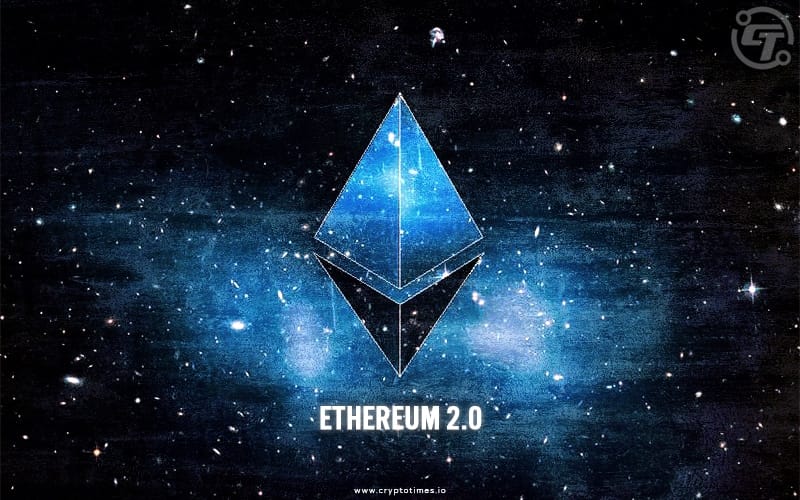In Brief:
- Ethereum developer launched a program to test the Merge between ETH mainnet and PoS based Beacon Chain.
- The community is categorized into non-technical users, developers with minimal blockchain experience, and skilled blockchain developers.
- Proof-of-stake scheme will reduce Ethereum’s energy consumption by 99.9%.
Marius van der Wijden, an ETH2 developer, announced a program to engage the community in testing the Merge between the Ethereum Mainnet and the PoS-based Beacon Chain.
The Merge is a significant step forward in the transition to Eth2, as it will transform the Ethereum network into a Proof-of-Stake blockchain.
Wijden introduced a new program to engage the community in merge testing that is categorized into three tiers. Non-technical users, developers with minimal blockchain experience, and highly specialized and skilled blockchain developers
The self-guided program gives non-technical users duties including setting up consensus layer clients, reporting problems and submitting transactions.
Technical users can choose from a variety of goals, including operating their own validators, deploying and testing contracts, and building up their own testnets.
The extremely technically-savvy users can analyze the standard, submit invalid blocks, and split the network by voting on faulty blocks.
All users are encouraged to document as much of their work as possible and share it publicly using the hashtag “TestingTheMerge” on Twitter.
Wijden has also directed the community to the Ethereum R&D discord channel in order to keep them updated during the PoS merge testing process.
In the proof-of-stake consensus, users who stake 32 Ether can become “validators,” while those with less Ether can work together to become validators.
To order transactions into a new block on the Ethereum blockchain, validators are chosen. If a block is accepted by a committee of attestors, the validator receives Ether. Anyone who tries to cheat the system risks losing their staked coins.
The proof of stake mechanism for Ethereum is already being tested on a separate blockchain termed the Beacon Chain, with $38 billion worth of Ether invested there thus far. In 2022, the two blockchains are expected to merge.
Proof of work consensus is increasingly being criticized for its environmental impact due to its high electricity usage.
Switching from a proof-of-work to a proof-of-stake scheme will reduce Ethereum’s energy consumption by 99.9% and provide Ethereum blockchain with a more effective means of combating its carbon footprint issues.
The move to proof of stake is expected to boost the network’s speed. This is critical for Ethereum, which already serves as a platform for a wide variety of financial and commercial activities.






